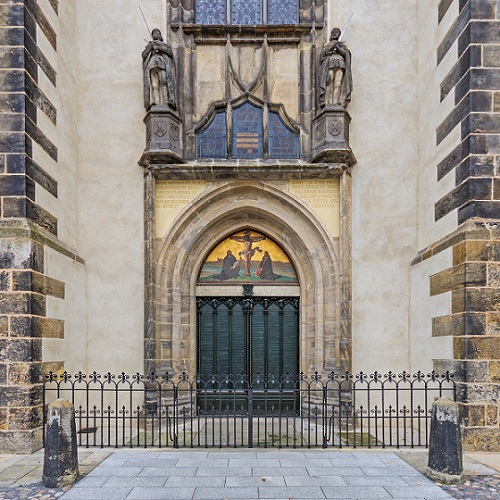500 years ago, Martin Luther wrote a paper containing 95 theses opposing the practice of indulgences and posted it on the door of the Wittenberg Palace Church on October 31, 1517. What was the significance of that step? What are we commemorating on this anniversary?
–Pablo Blanco Sarto
University of Navarra
In preparation for the 500th anniversary of Luther's death, the Catholic and Protestant bishops of the German regions of Thuringia and Upper Saxony - places linked to the German reformer - published a joint pastoral letter in February 1996, in which they highlighted some positive aspects of Luther's figure, while lamenting the crisis experienced by the Church in the 16th century. Among the positive aspects promoted by the German reformer, the Germanic prelates highlighted the love for Scripture and the deepening of the doctrine of justification. For Luther this doctrine meant the rediscovery of God's mercy: he himself describes how, by studying Scripture, he came to the idea that God's justice is not that of a cruel God who punishes the sinner, but the merciful love by which God justifies the sinner.
What happened
The 1996 text signed by both denominations continued: "Studies on the history of the Reformation carried out in recent decades in an ecumenical spirit show us today a more nuanced picture of what happened then."The work is now free of the strong passionate and polemic charge of the circumstances of the time. "After centuries of dispute" -they add, "we have come to the conclusion that we agree on some essential points"....









